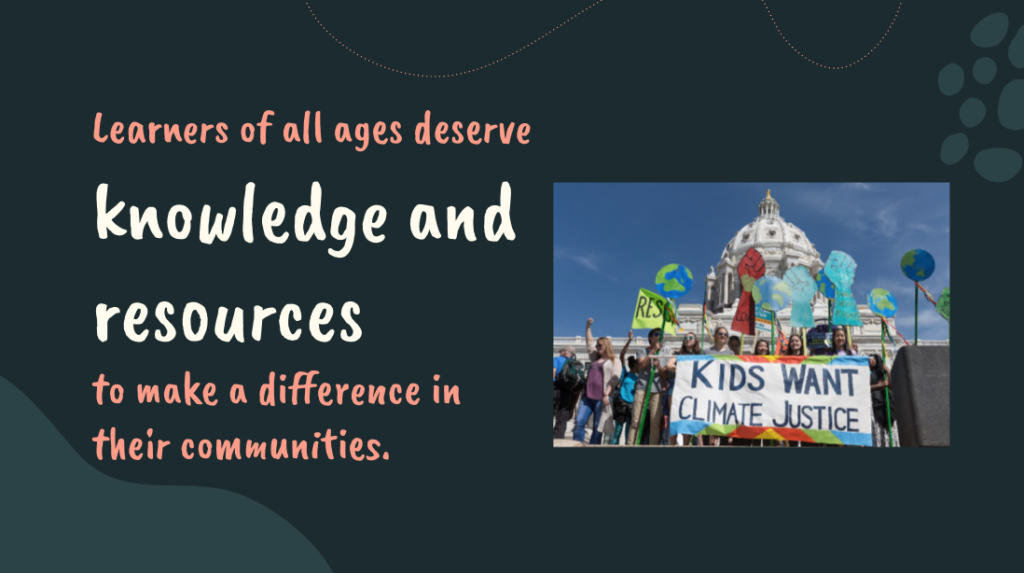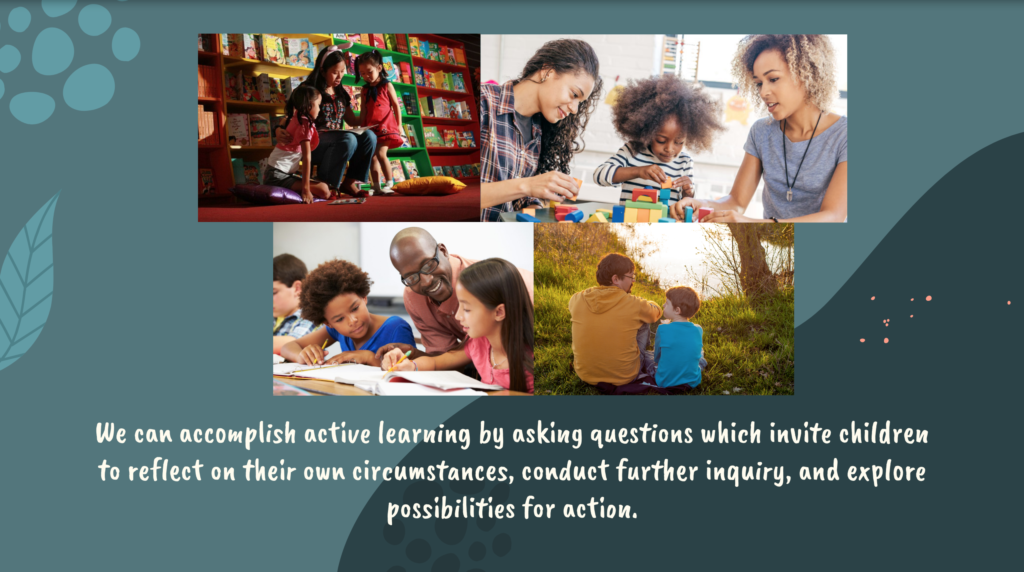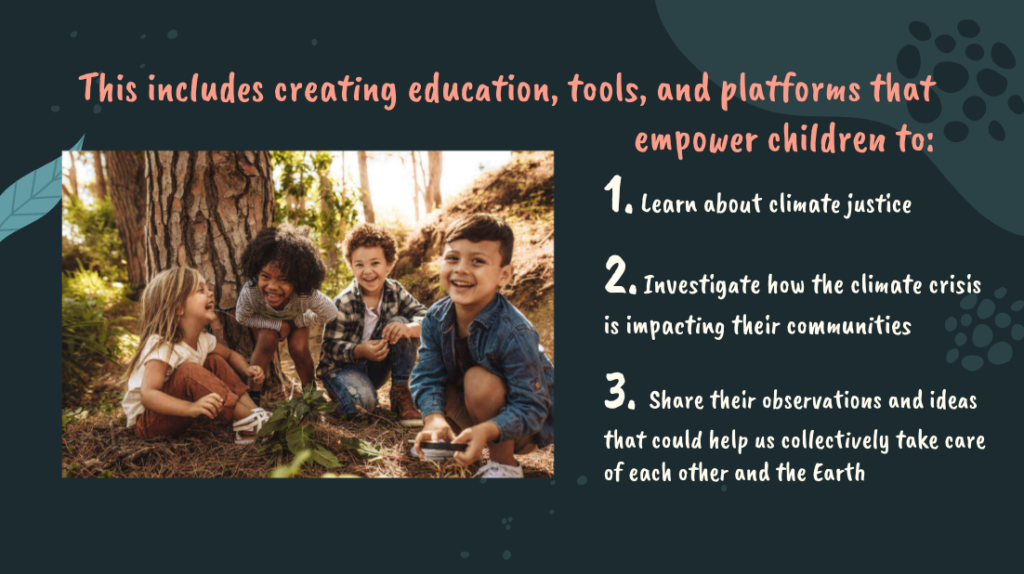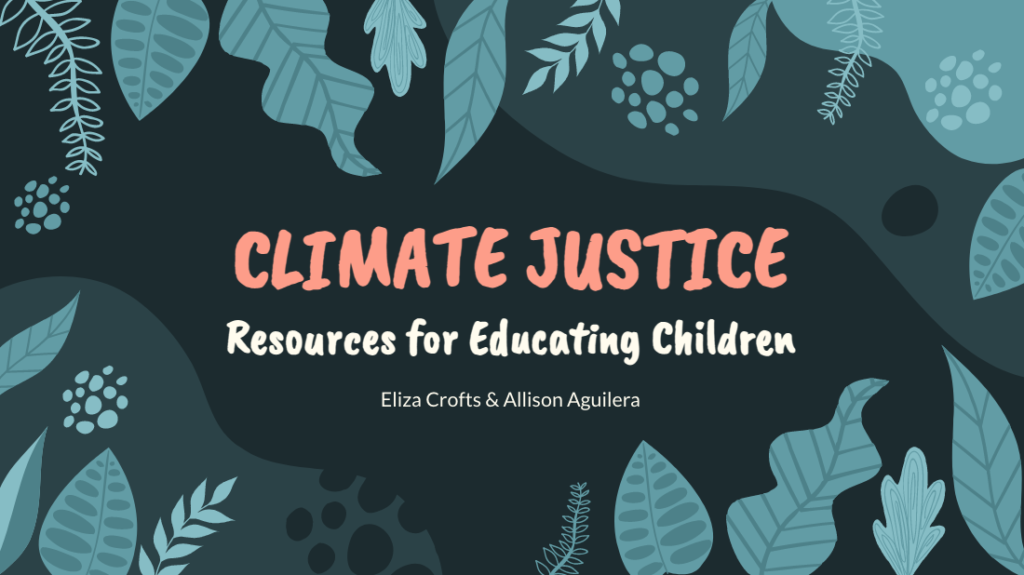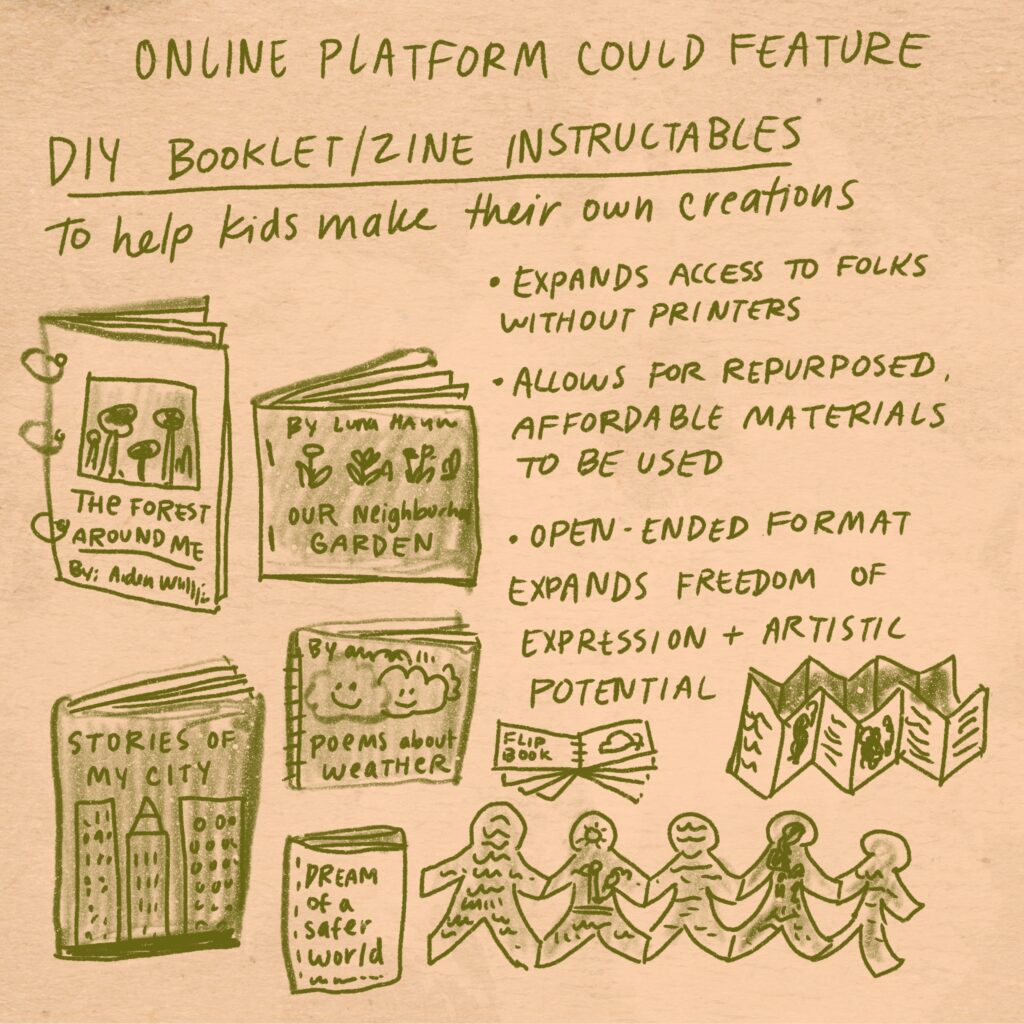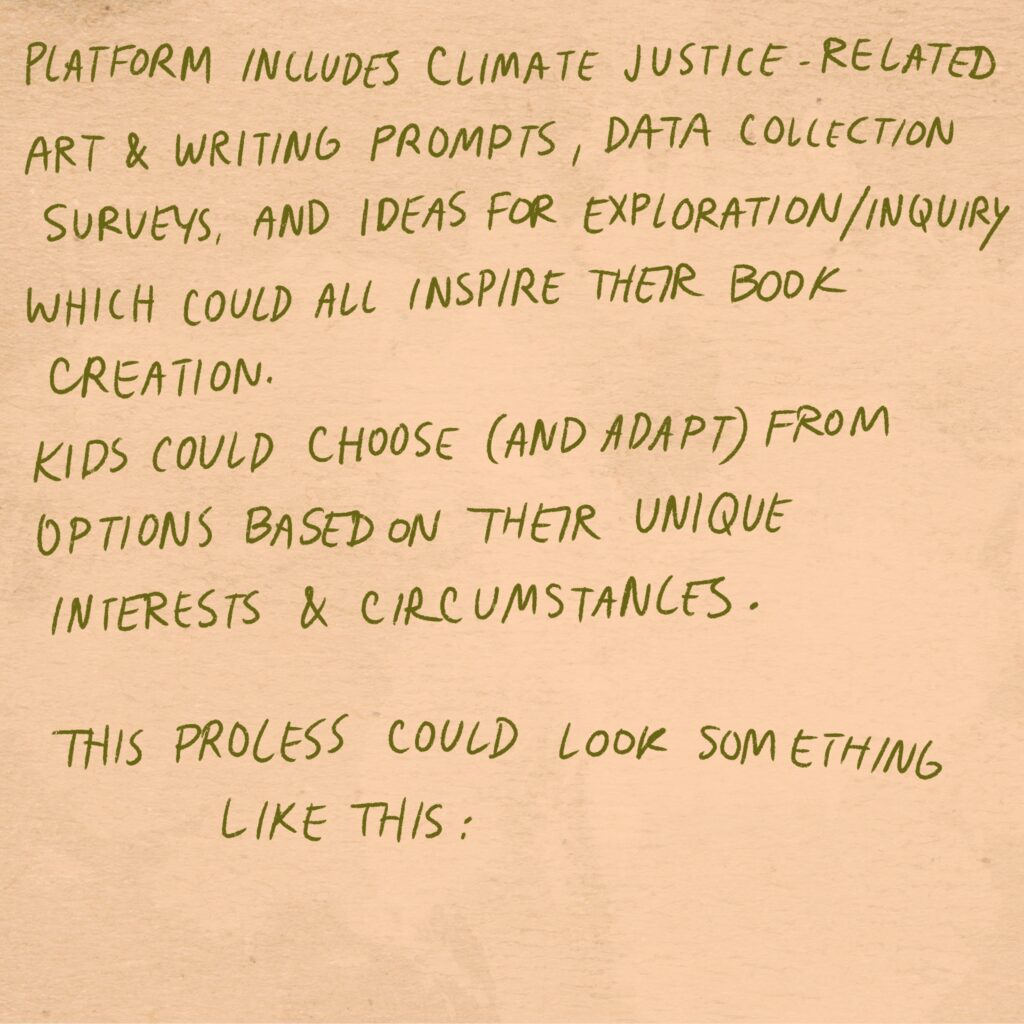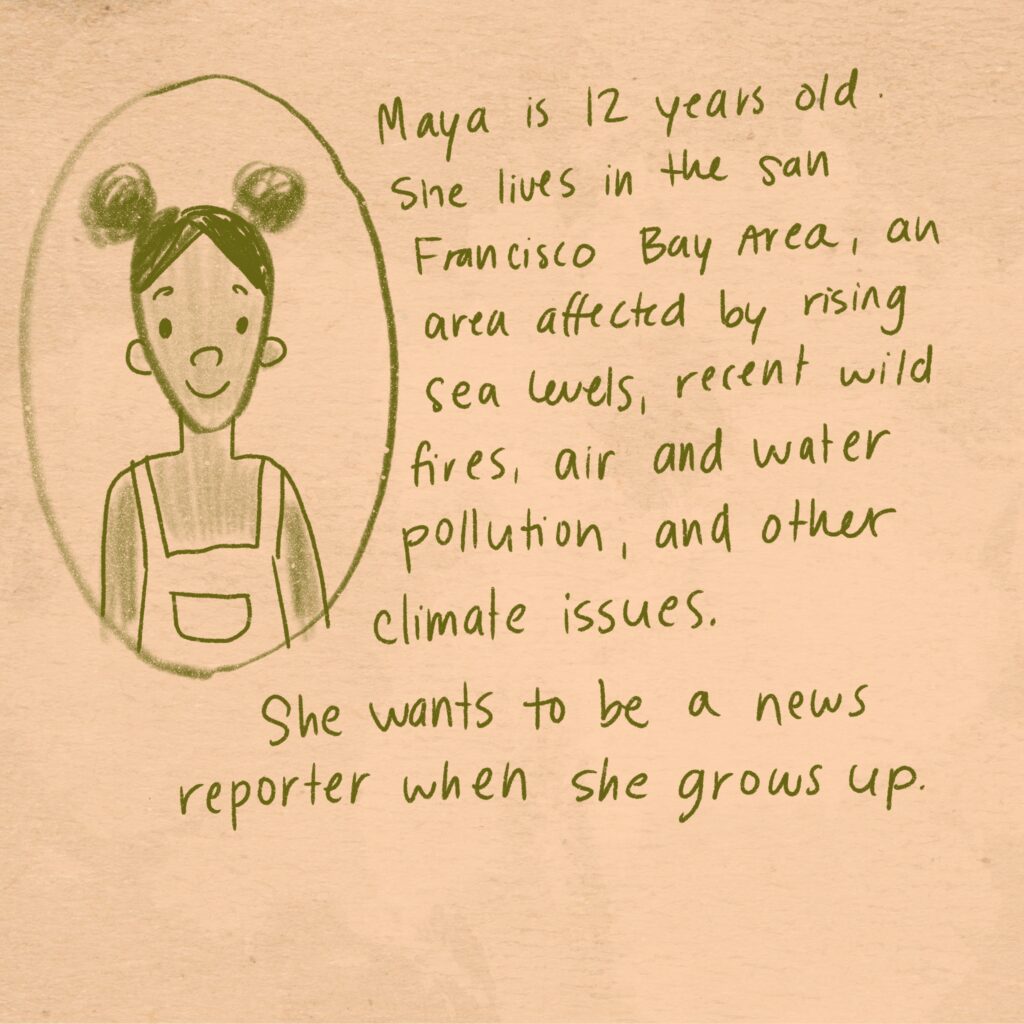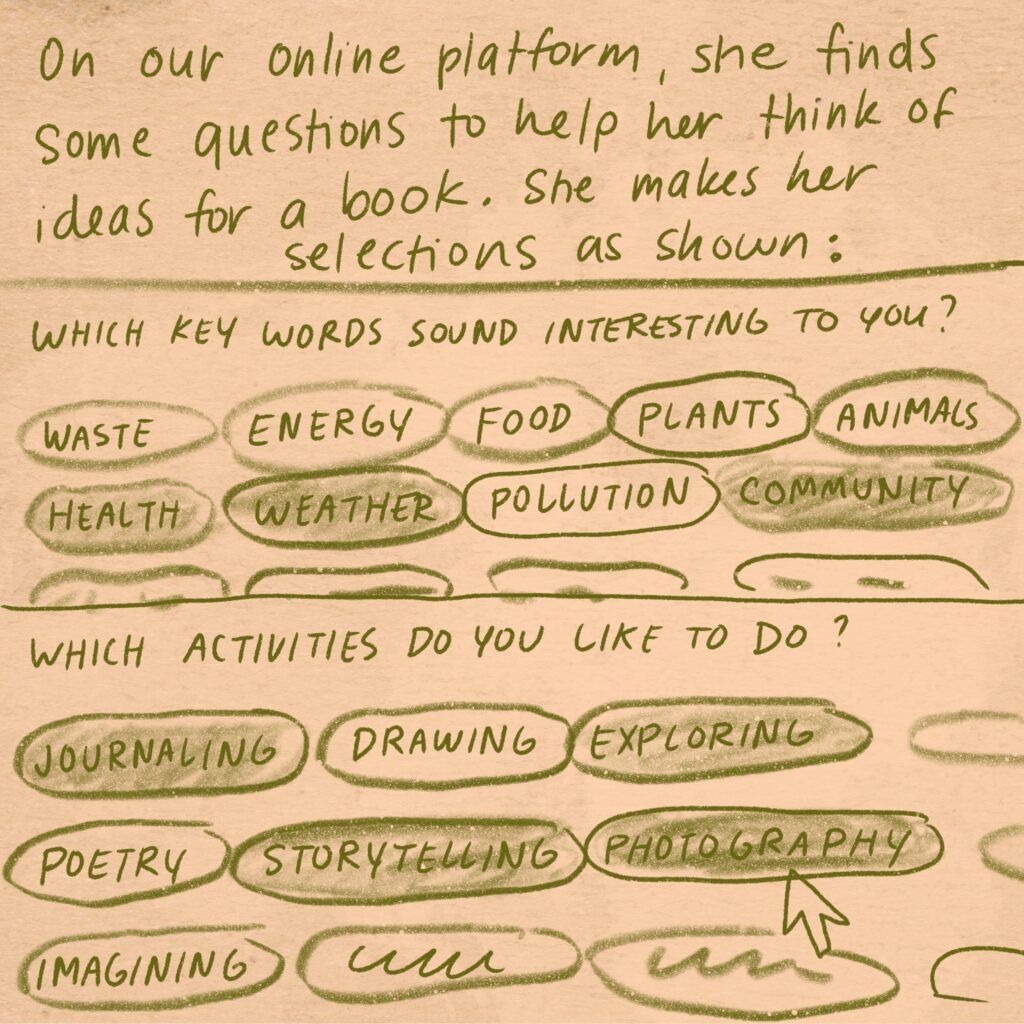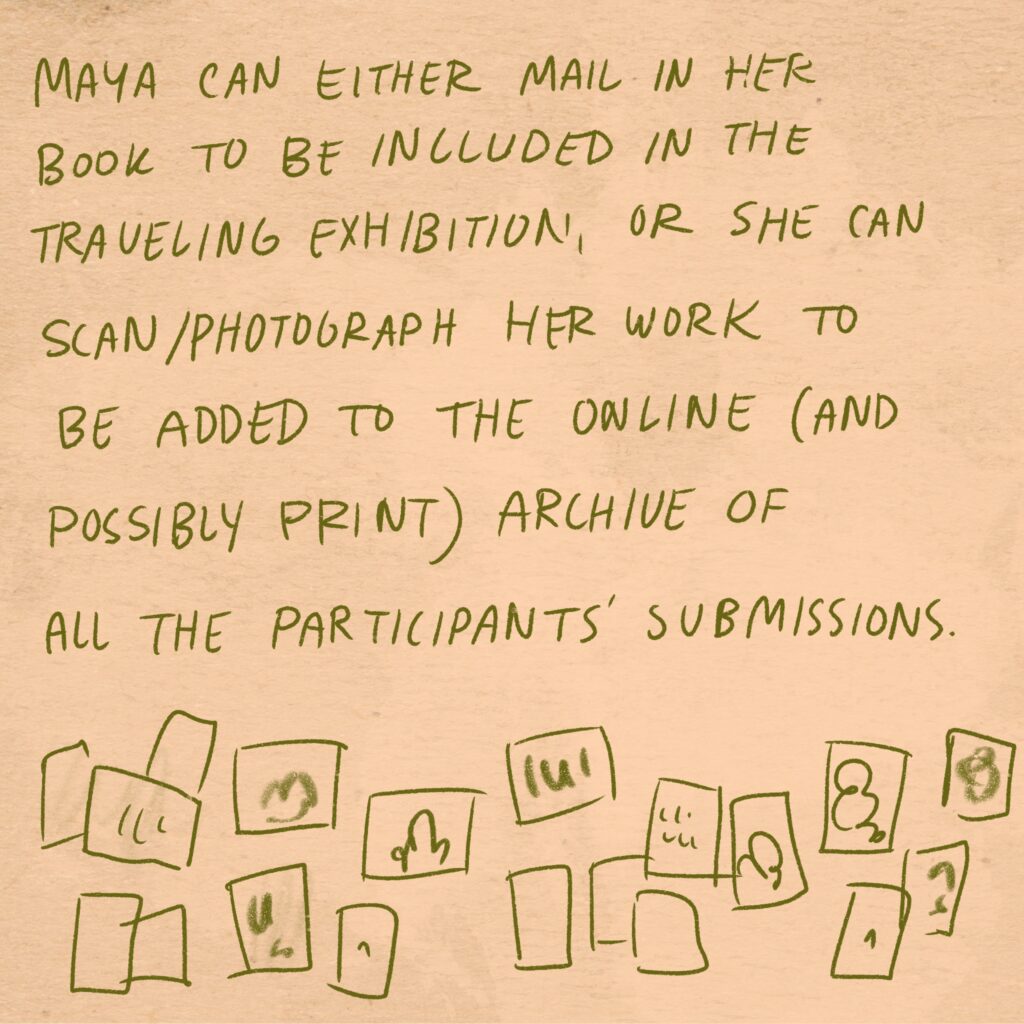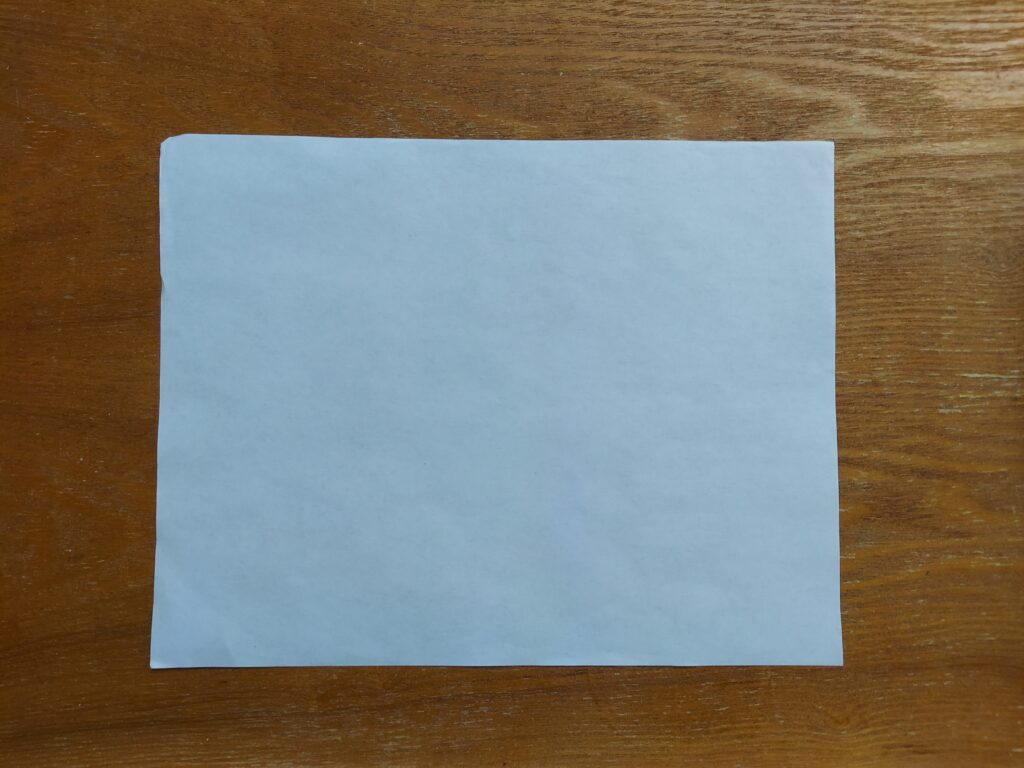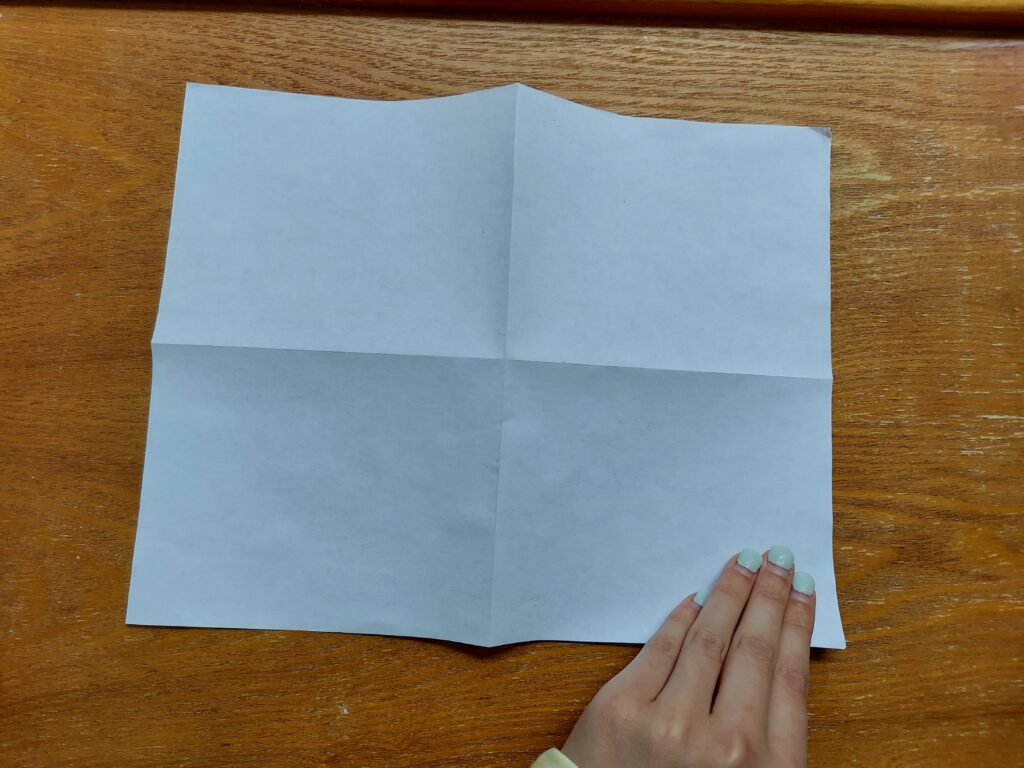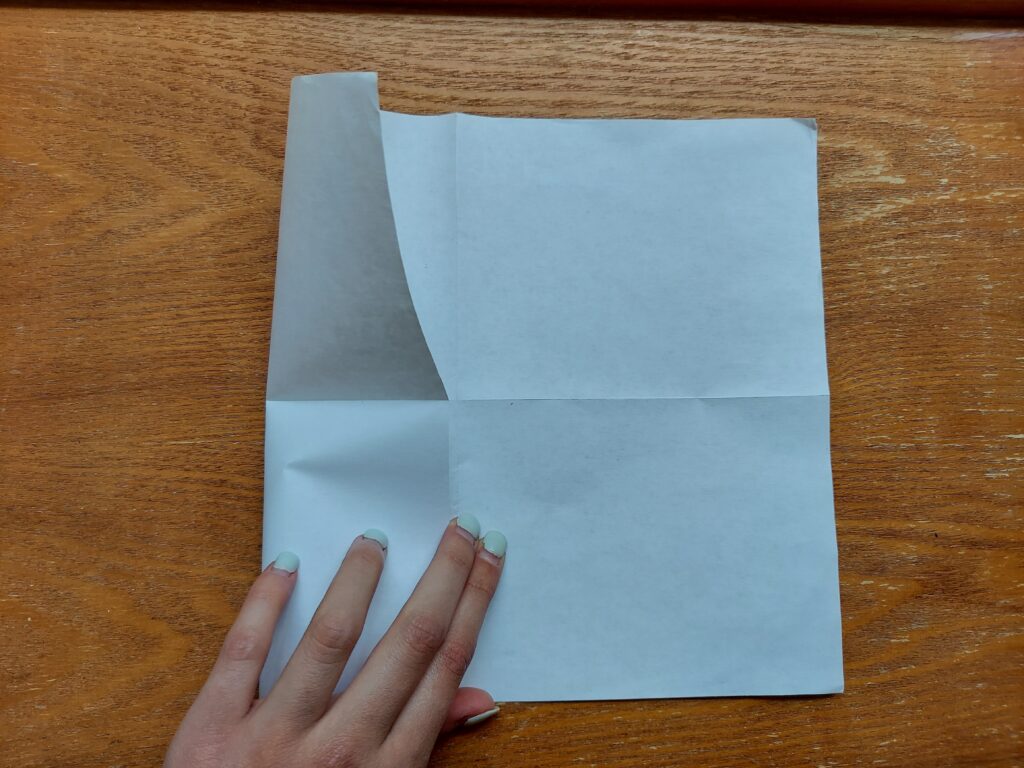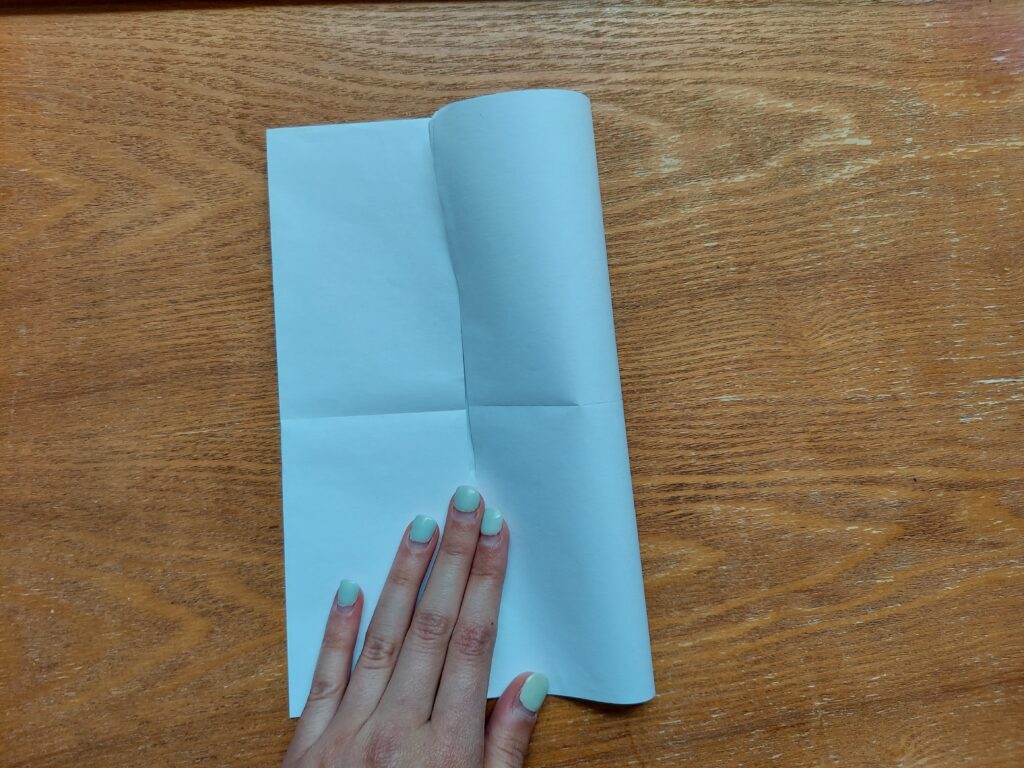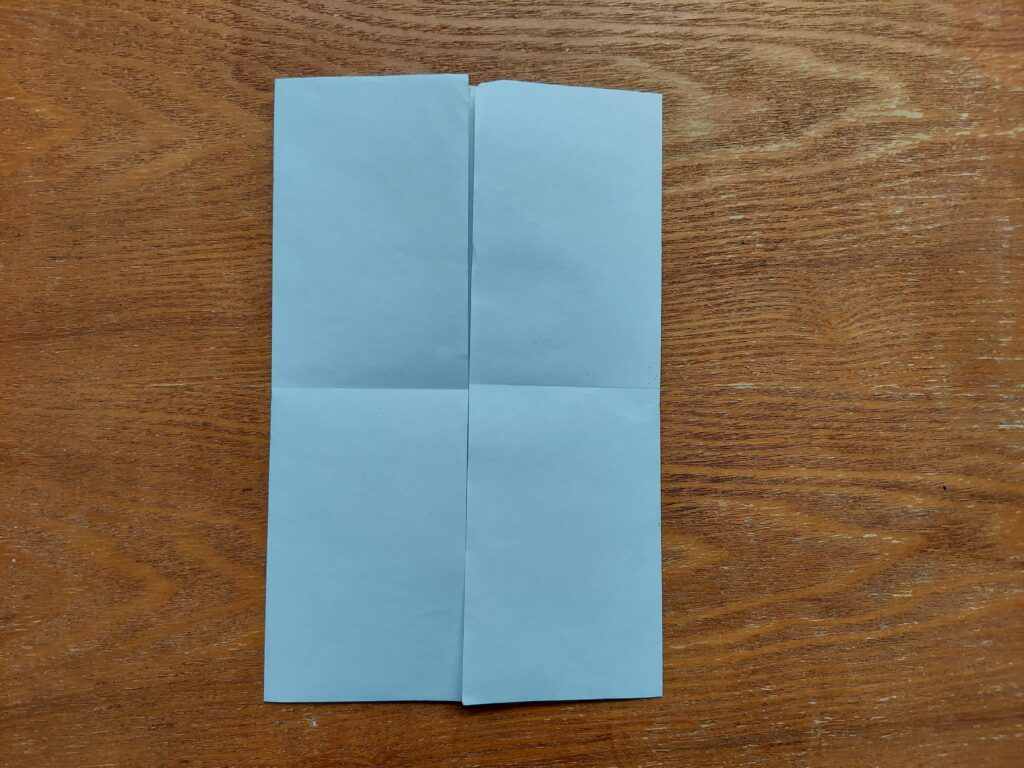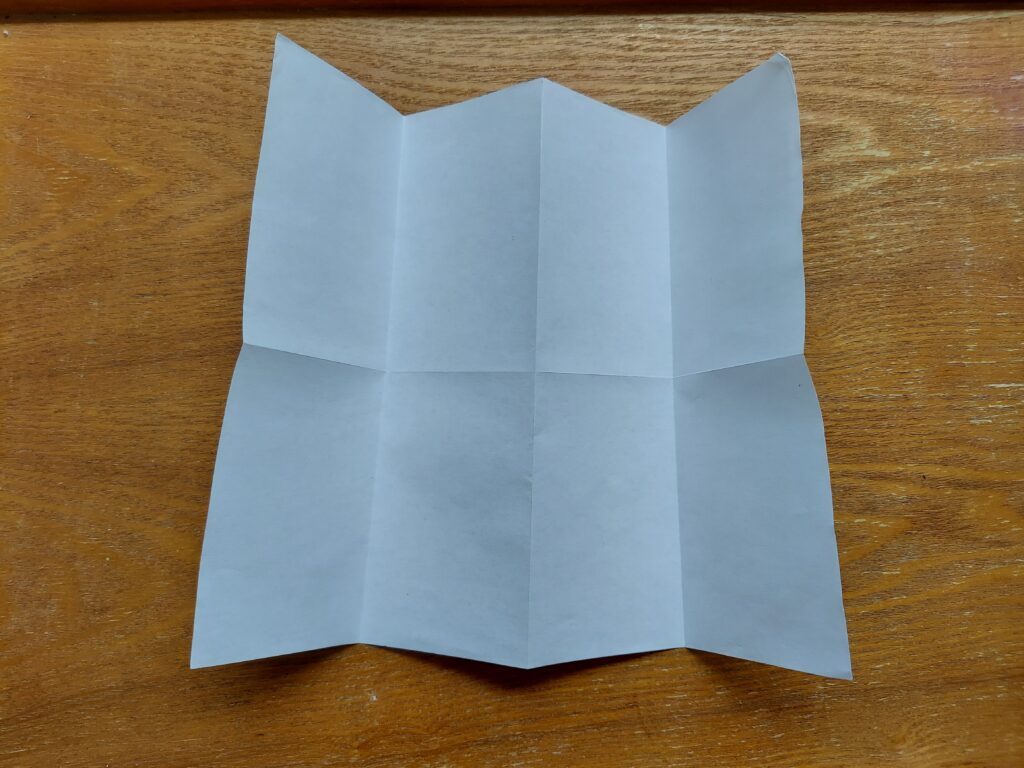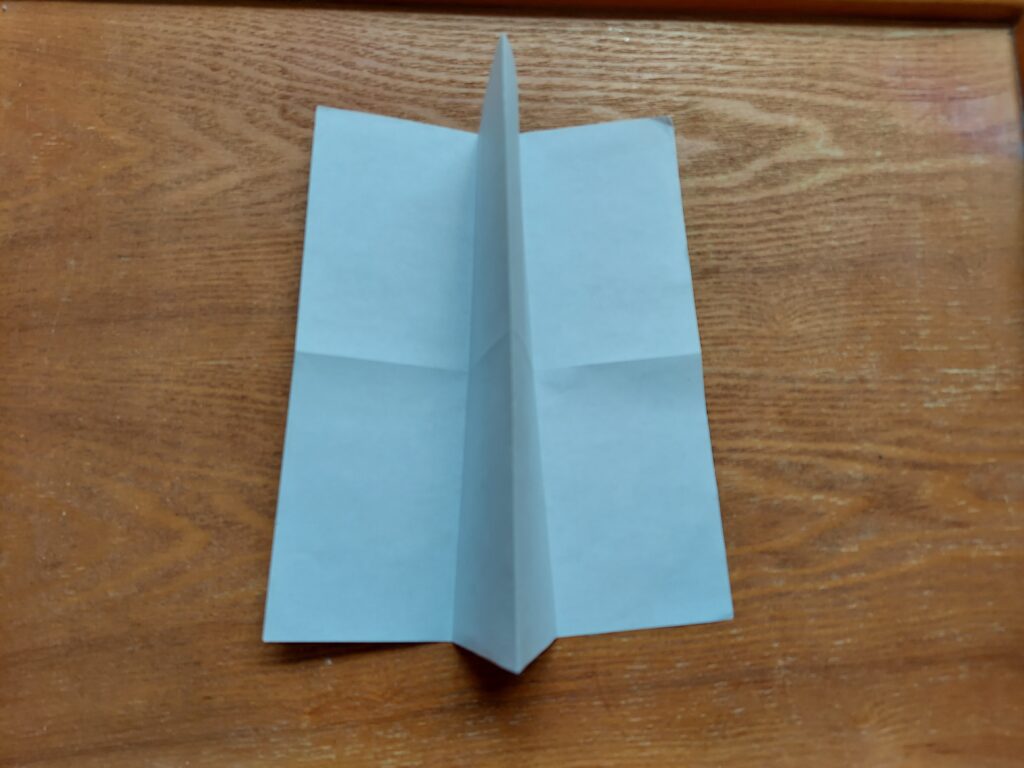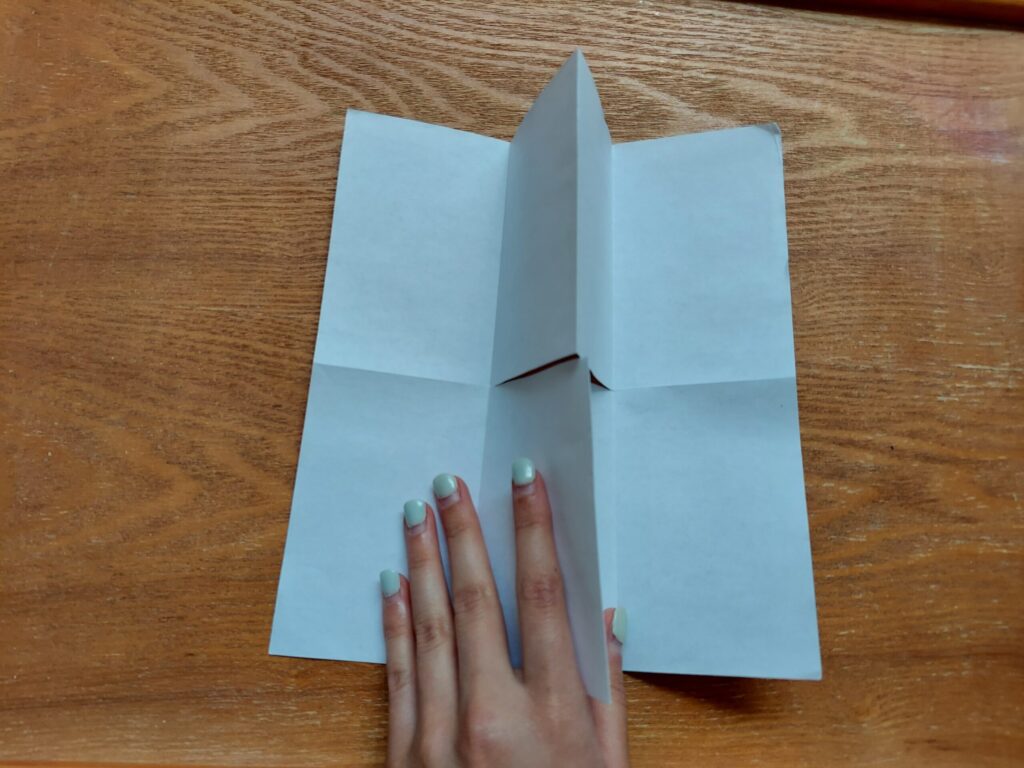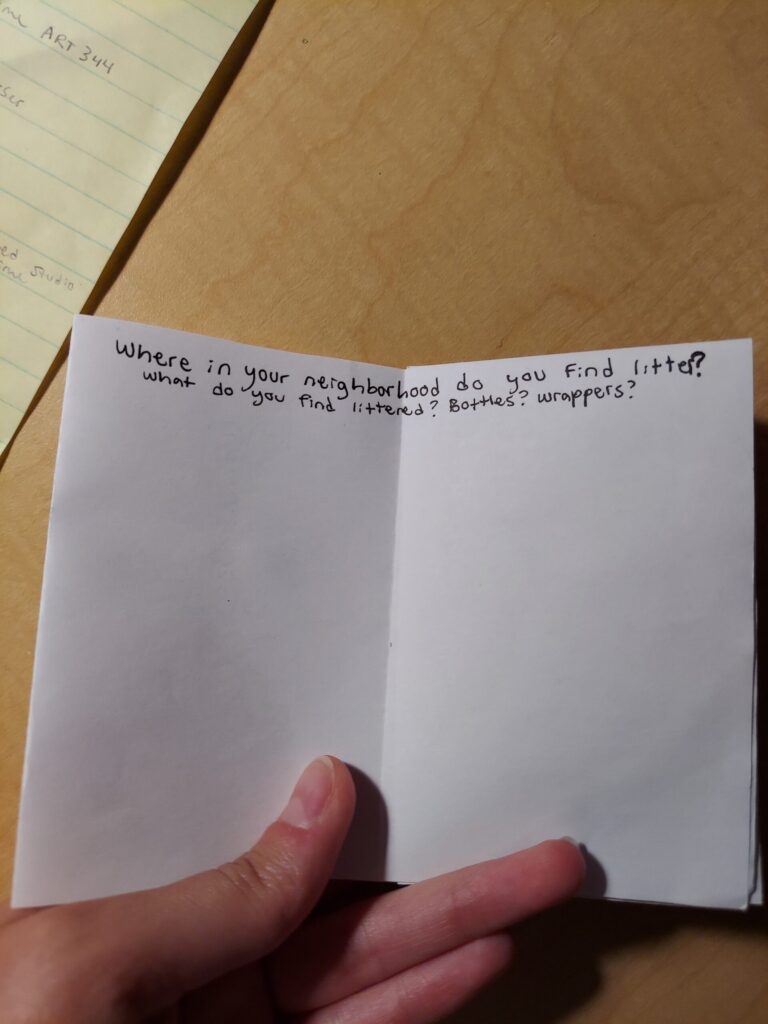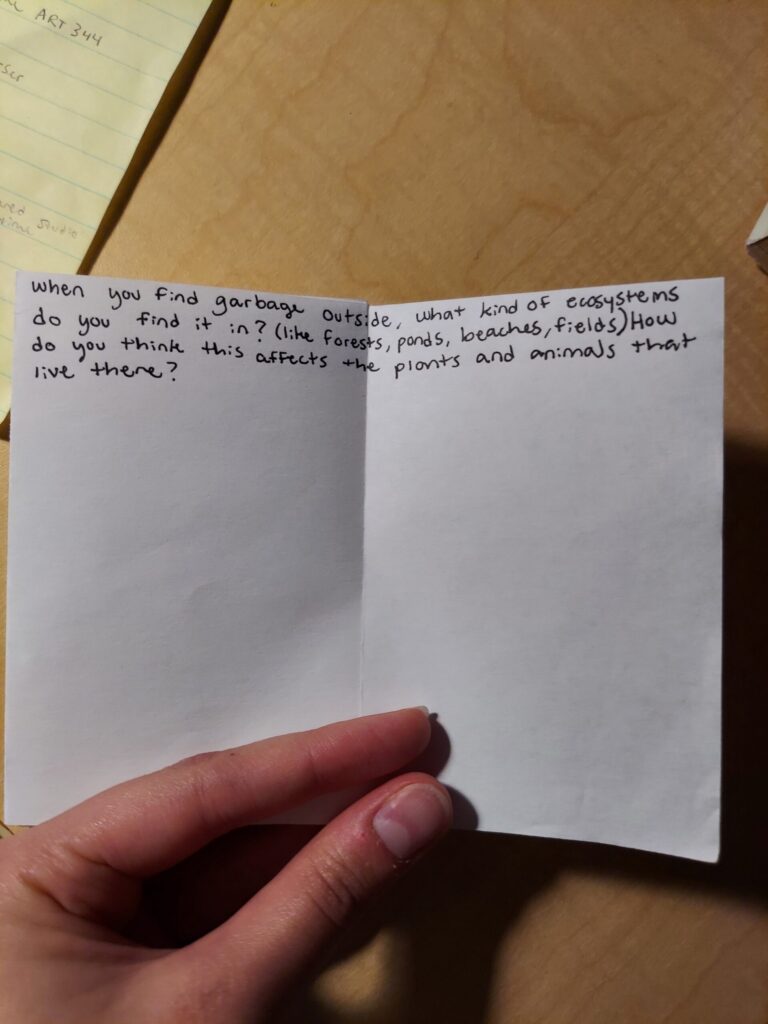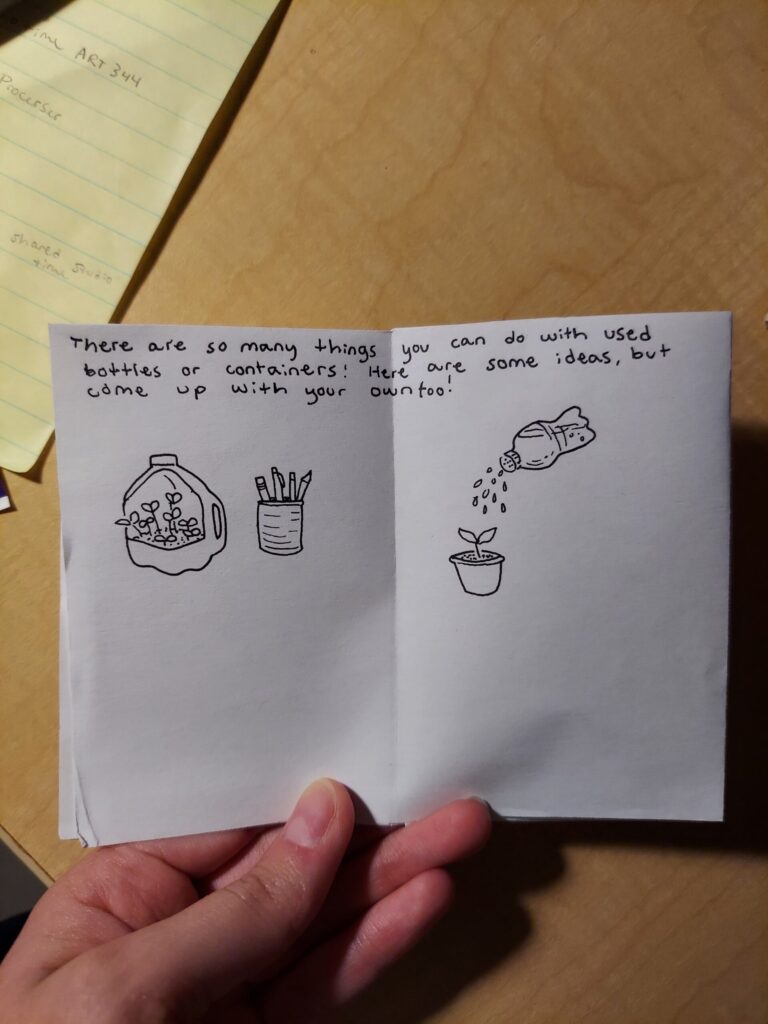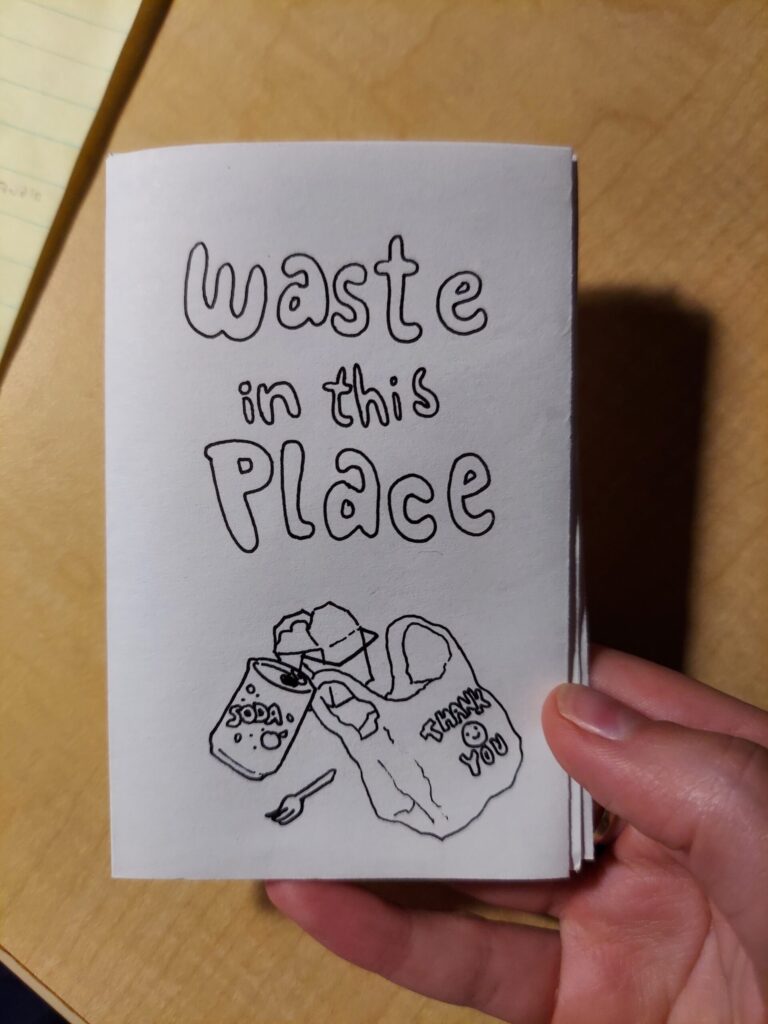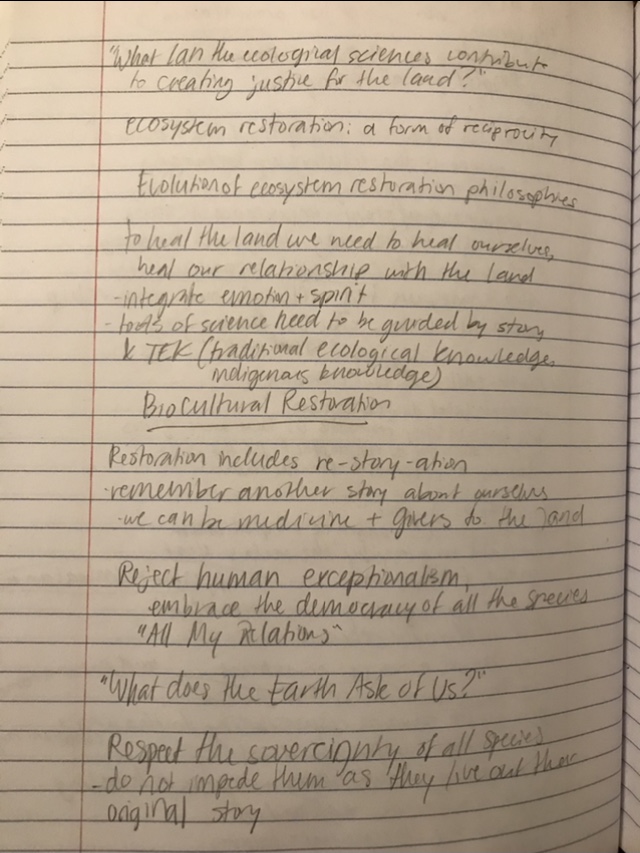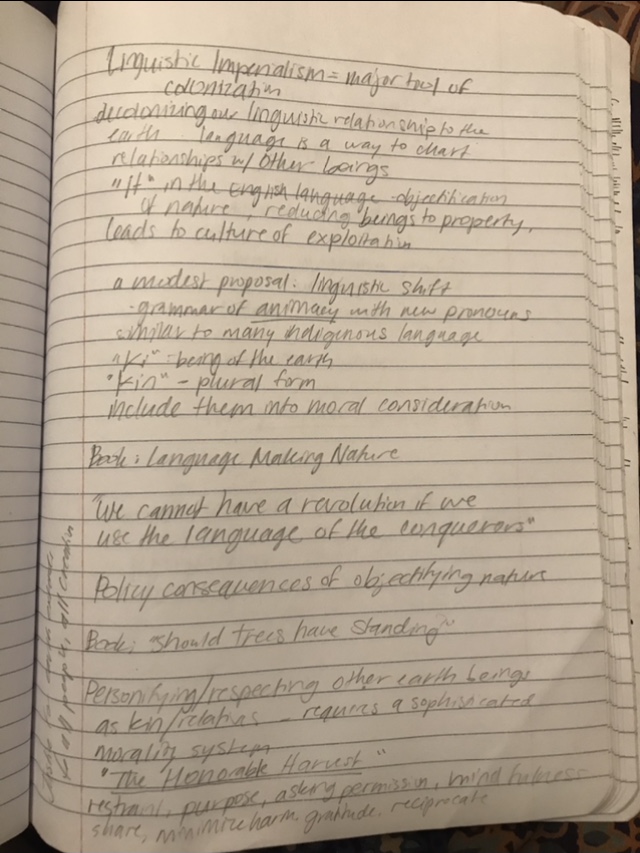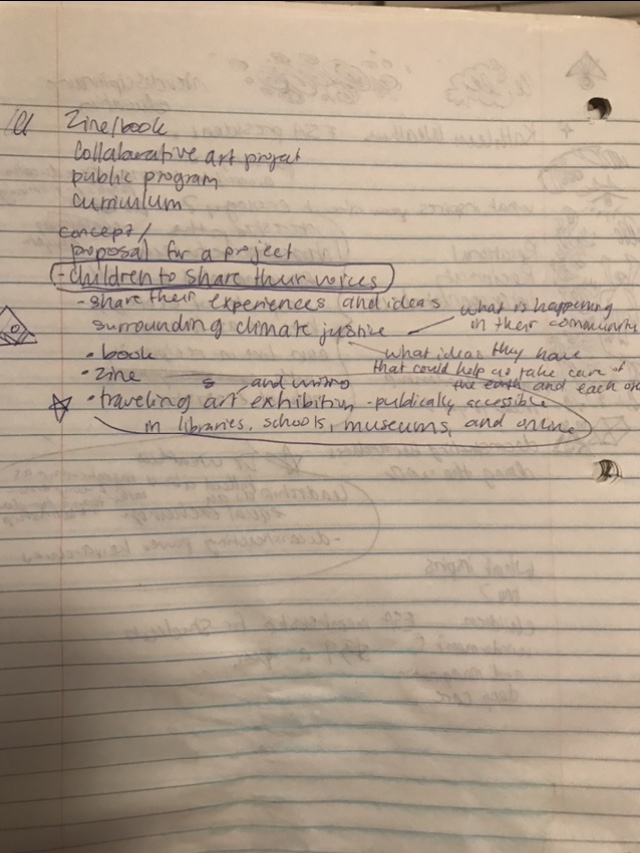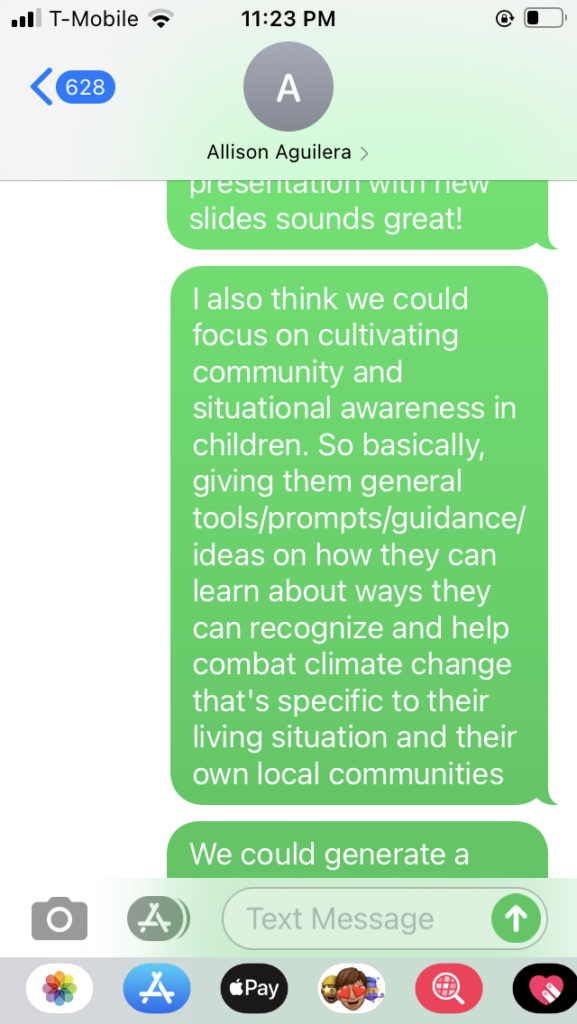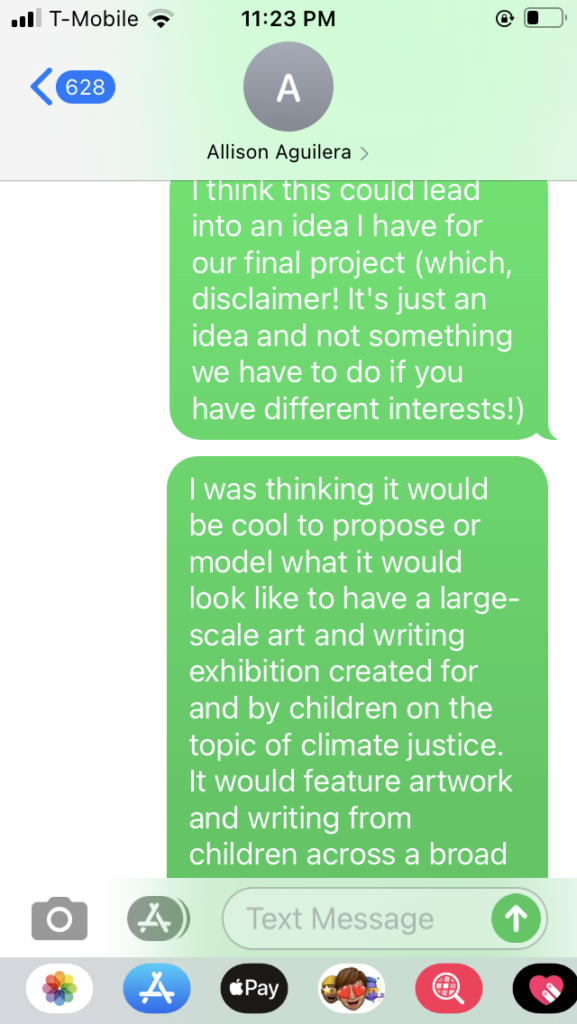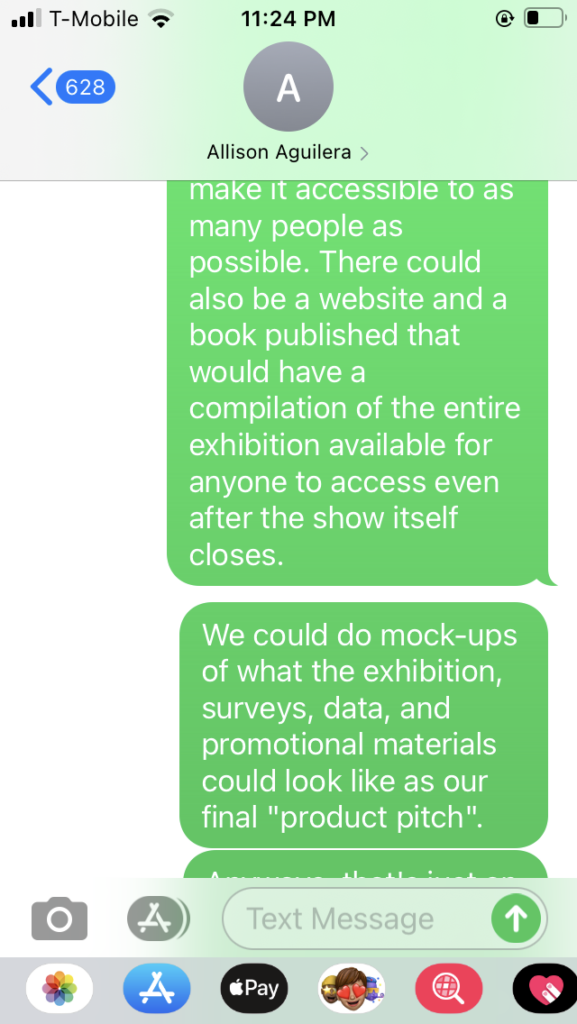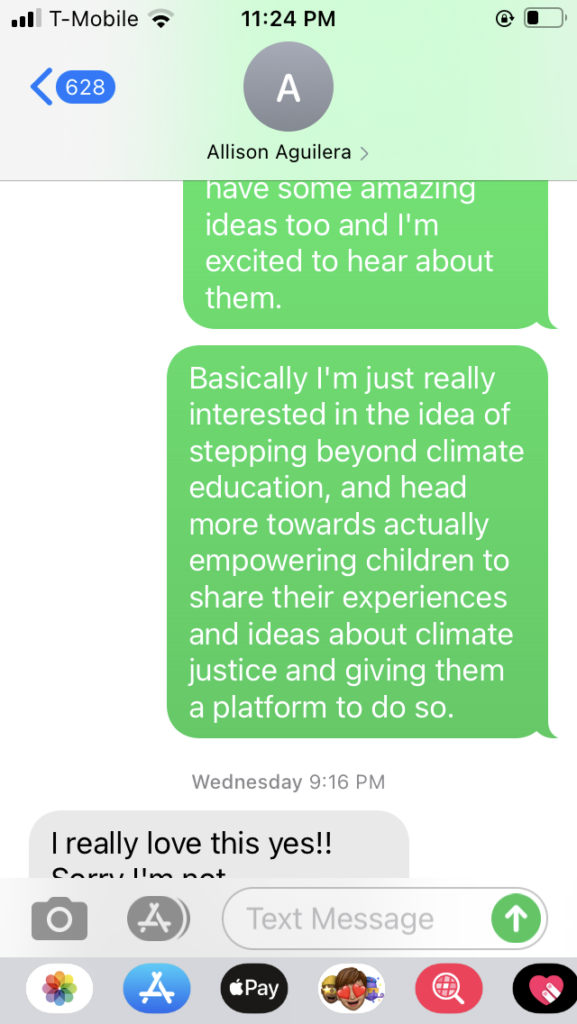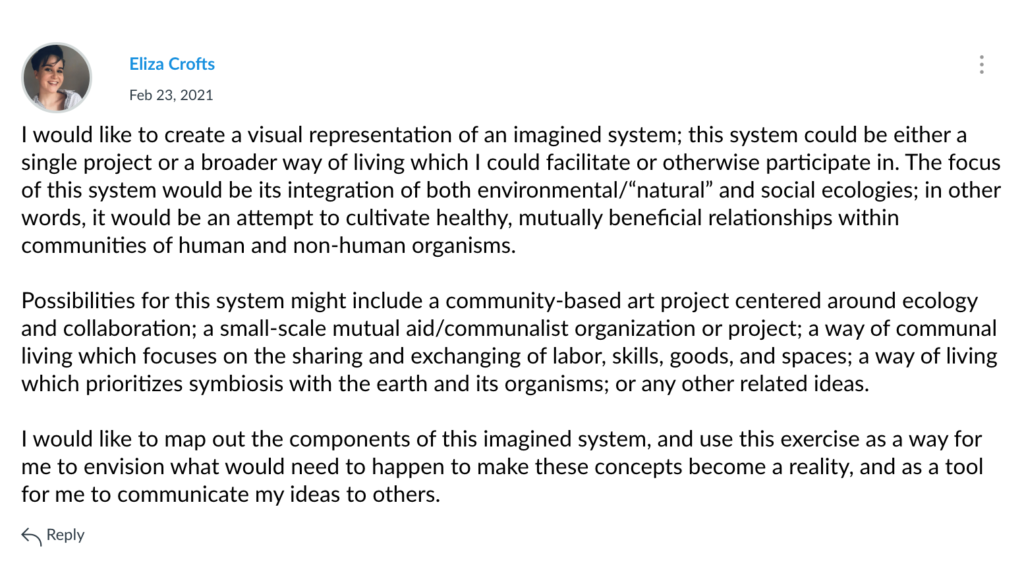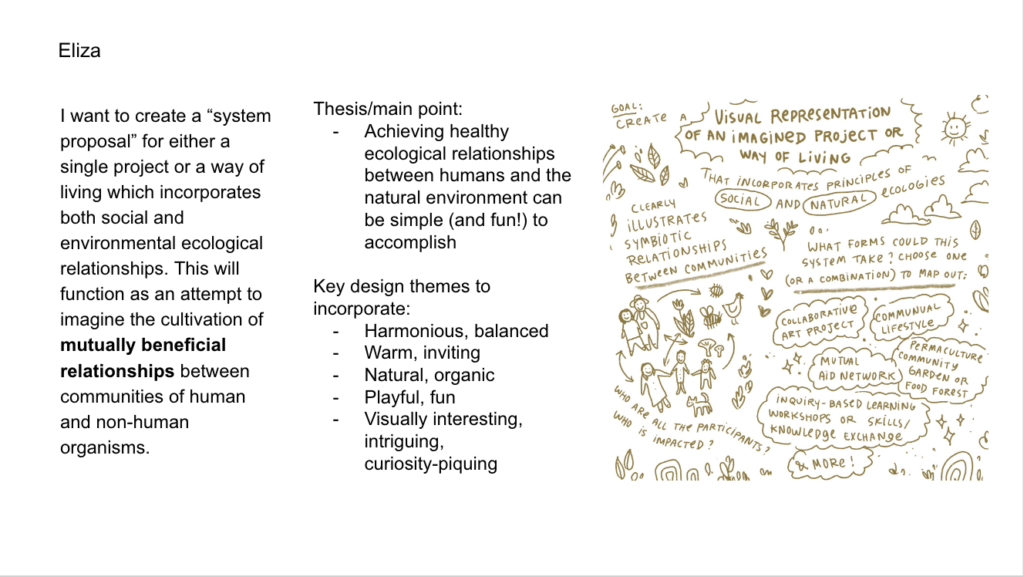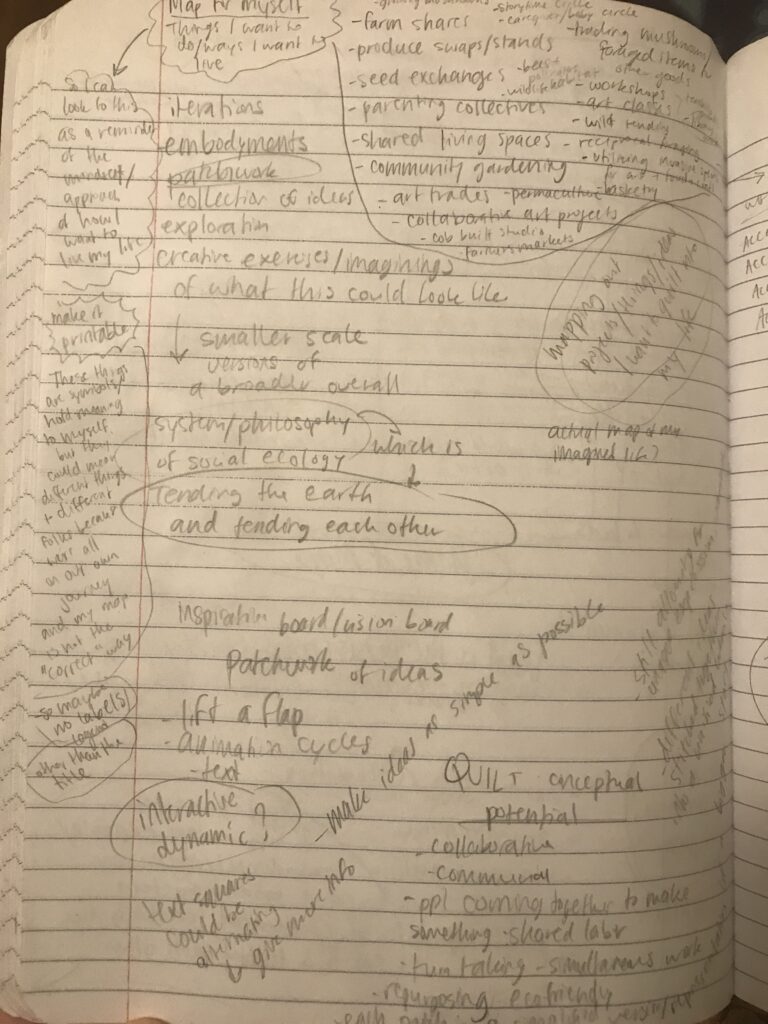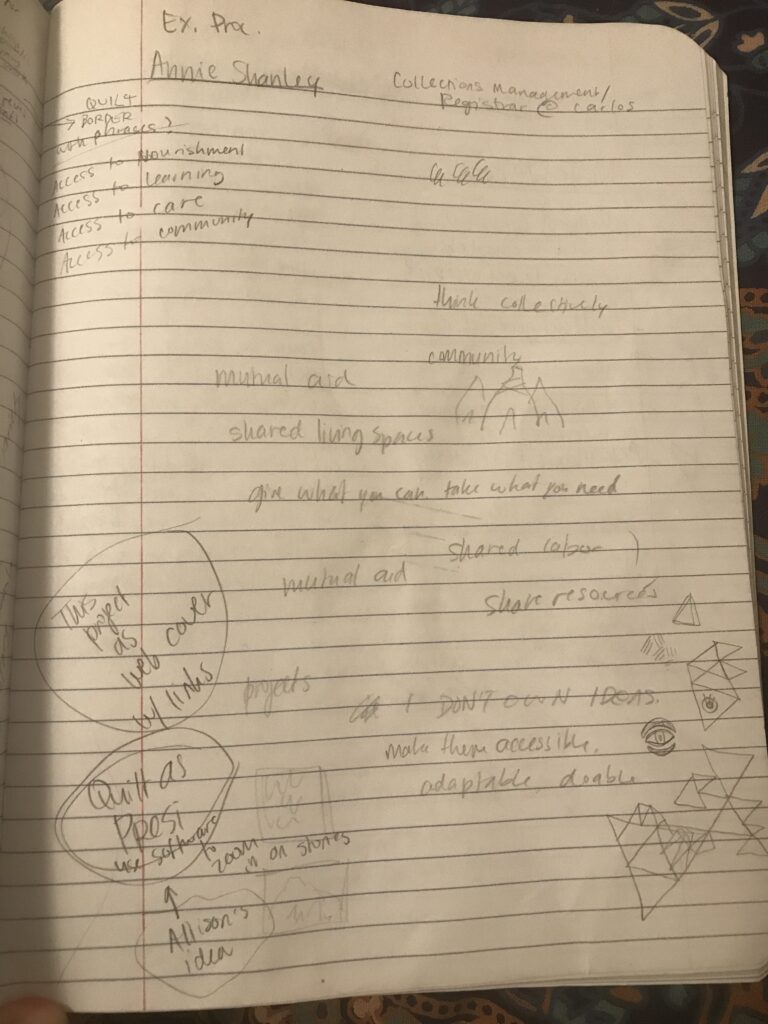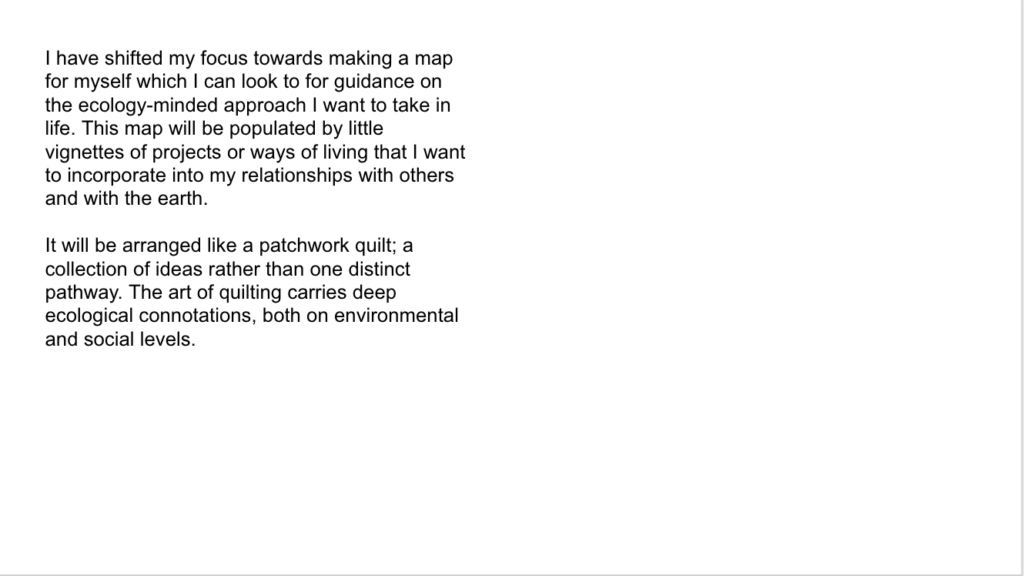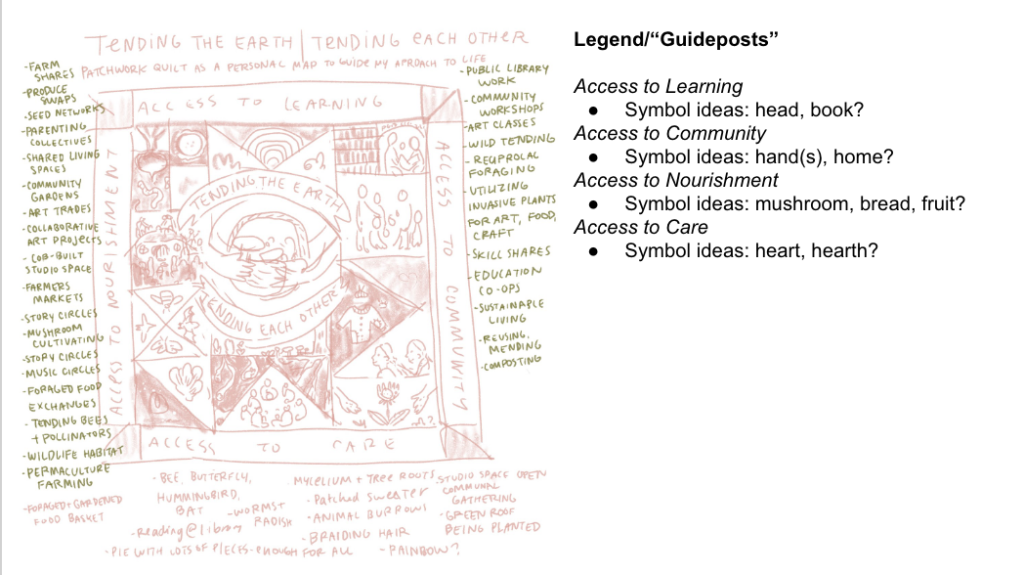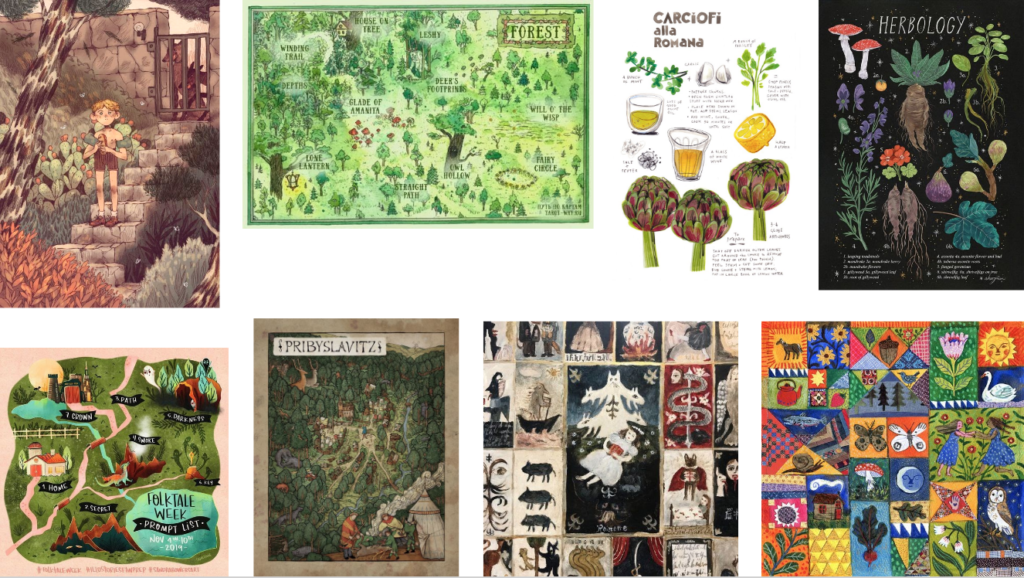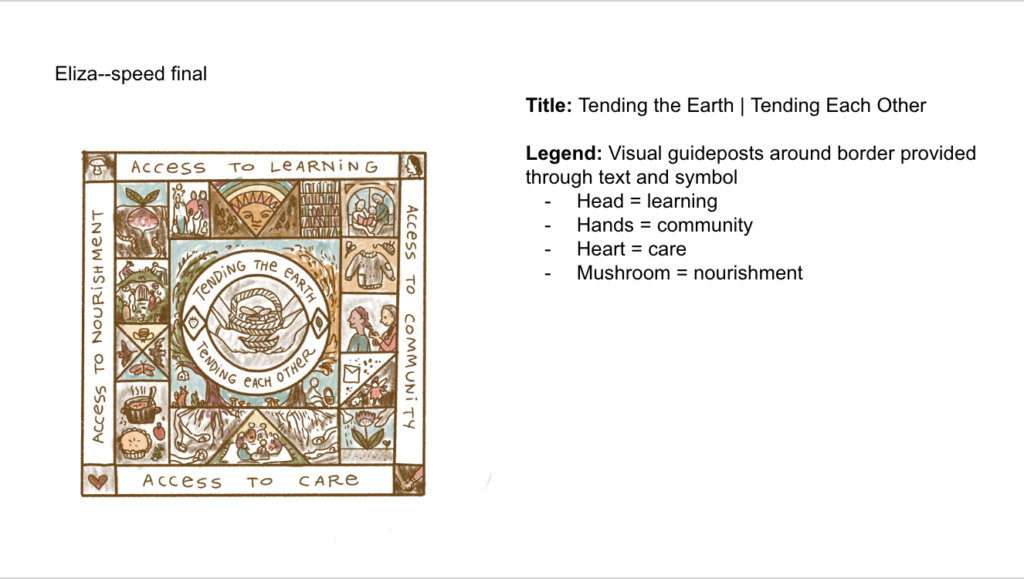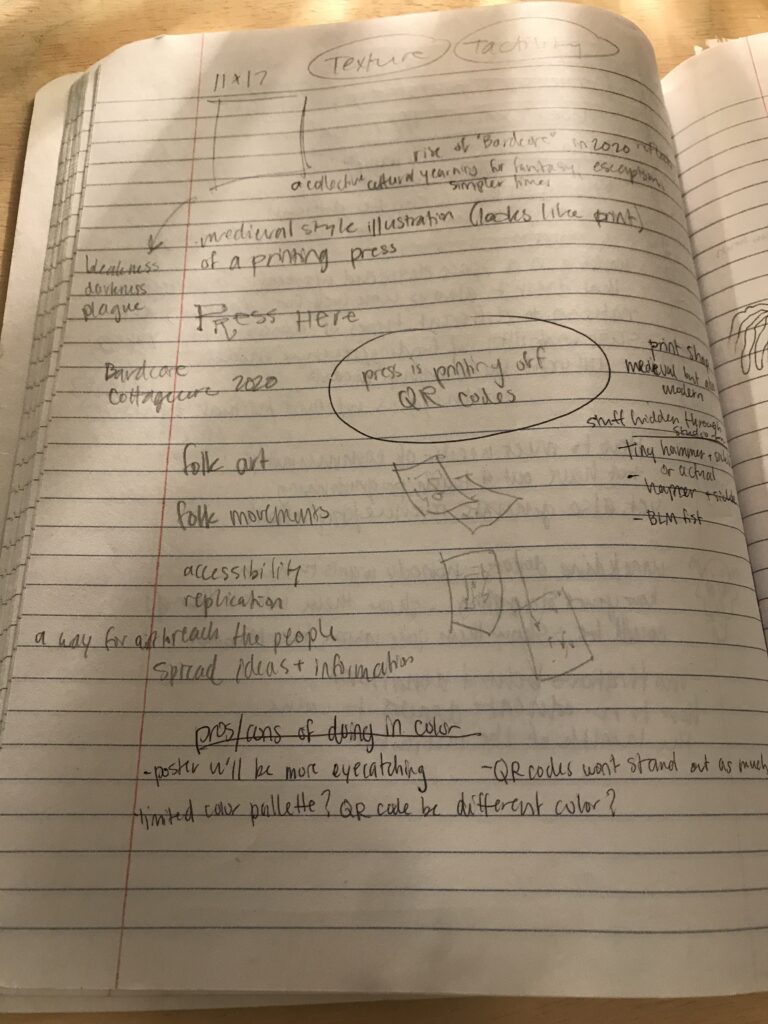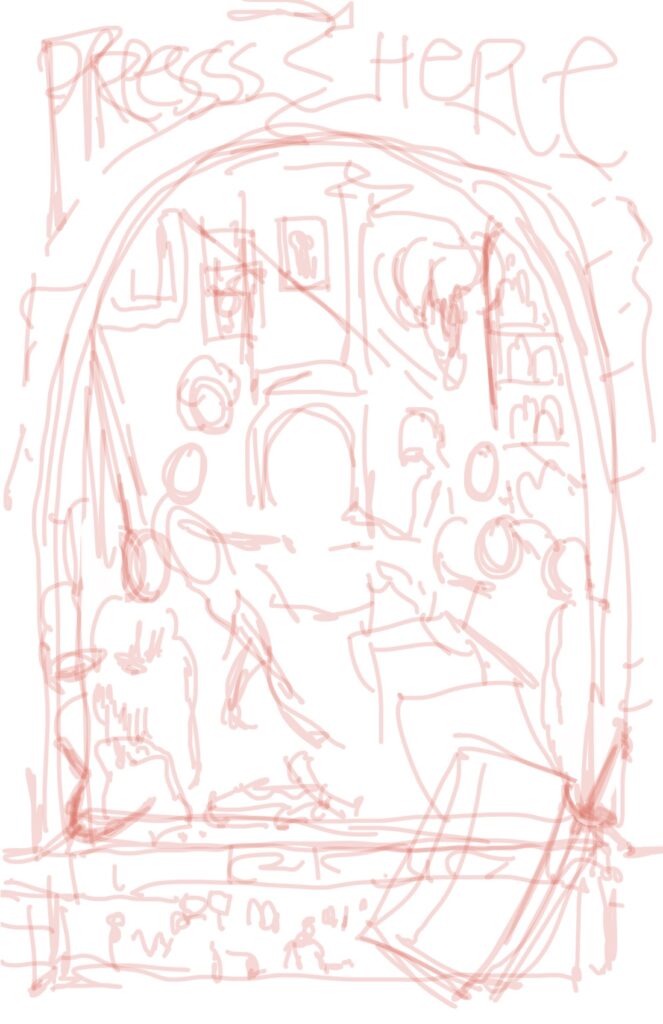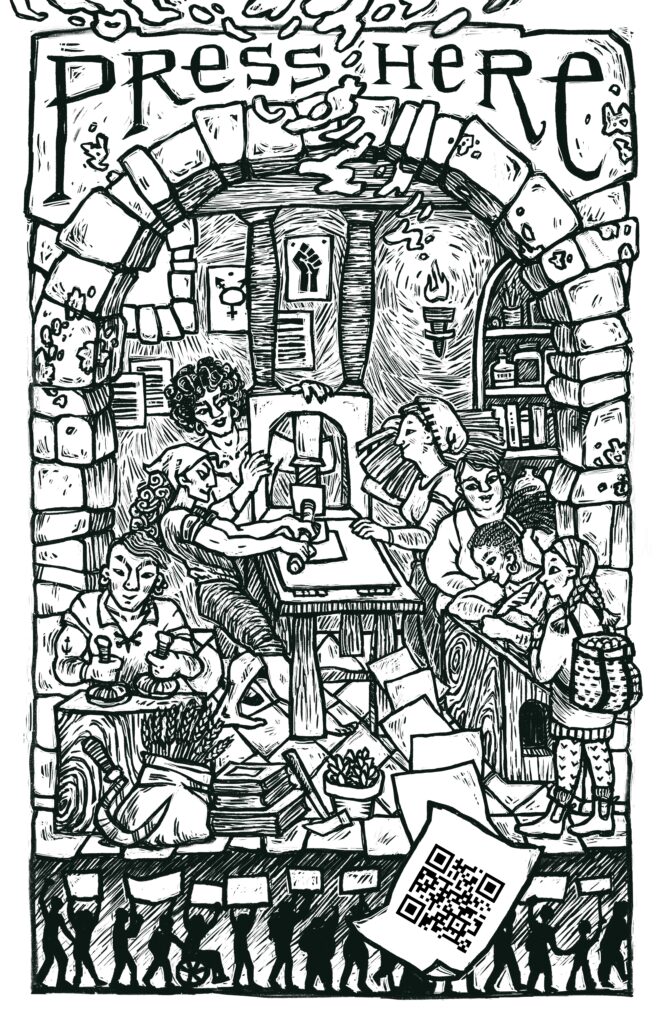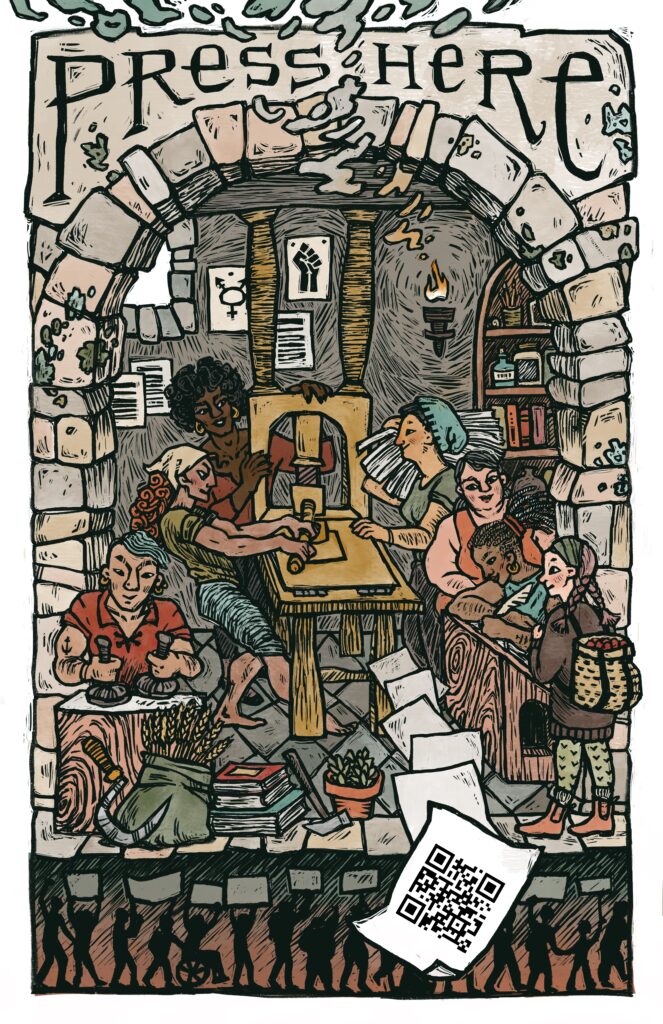The overall concept for our climate justice project centered around the creation of a climate justice education campaign for children. Allison and I began our process by conducting our own research to familiarize ourselves with themes related to climate justice, and then we turned our focus towards learning how we might be able to involve children in climate justice education and activism.
We strove to uphold the following values throughout the project’s entire development:
- Empowering children to take part in collective action for climate justice by providing them with the education, resources, and support they need in order to do so
- Respecting children as intelligent, capable, and caring individuals
- Prioritizing child-centered pedagogy through learner-led methods such as inquiry, open-ended questioning, and hands-on exploration
- Amplifying children’s voices by providing a platform for them to share their thoughts, ideas, and experiences
Our final product pitch can be summarized as follows:
We envision the creation of a web-based platform on which children, caretakers, and teachers can access educational resources to learn about climate justice. This website would include guidance for people to participate in a large-scale collaborative project in the form of a children’s art and writing exhibition. Using a collection of themed prompts and instructional videos on the website, children could create work through which they share their observations, thoughts, ideas, and experiences regarding climate justice. They could submit their creations digitally or physically to be featured in a traveling exhibition, accompanied by an exhibition archive which would be made available in both print and digital formats.
Here is a link to my previous write-up with photo documentation of the earlier stages of our process, along with some reflective analysis.
Below are some example slides from the presentation where we fleshed out our ideas for this project.
Here is a link to the complete slide presentation.
Below is some visual content I created to help communicate our project ideas.
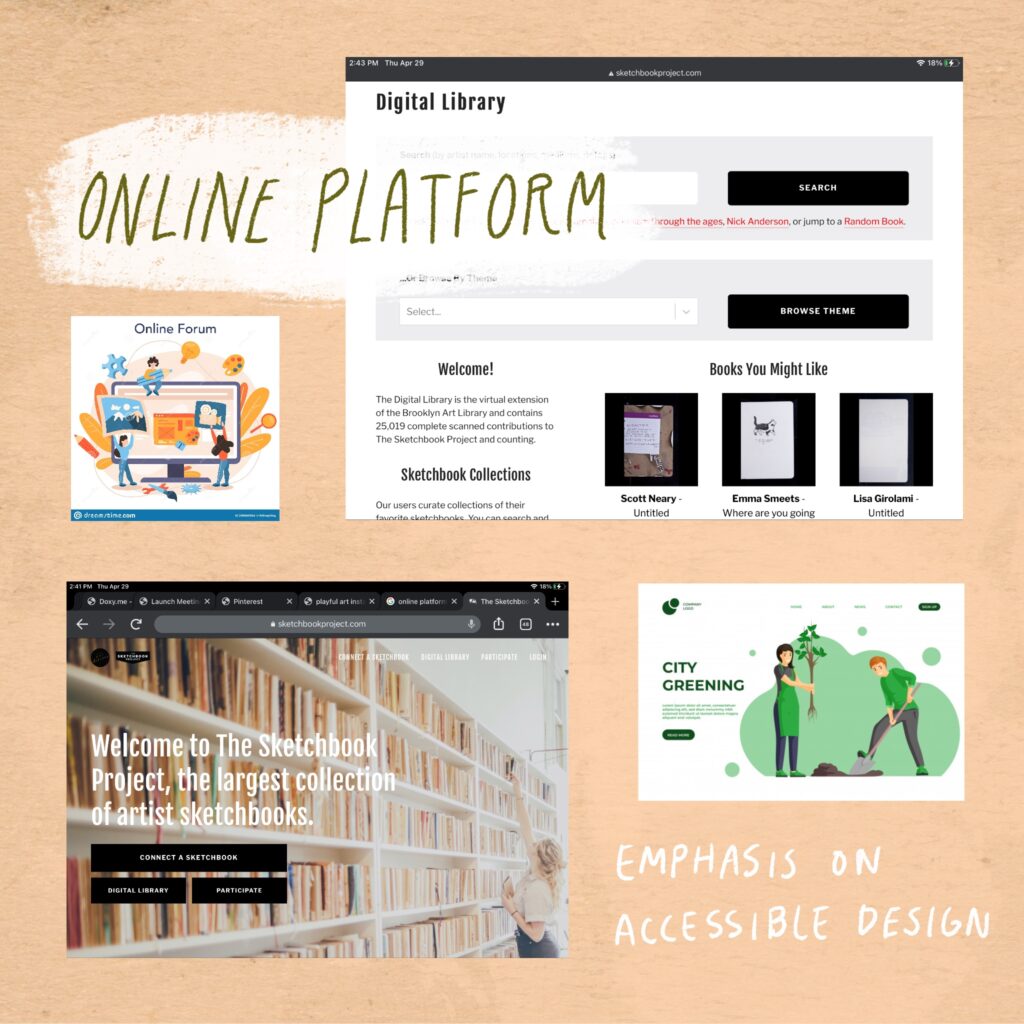
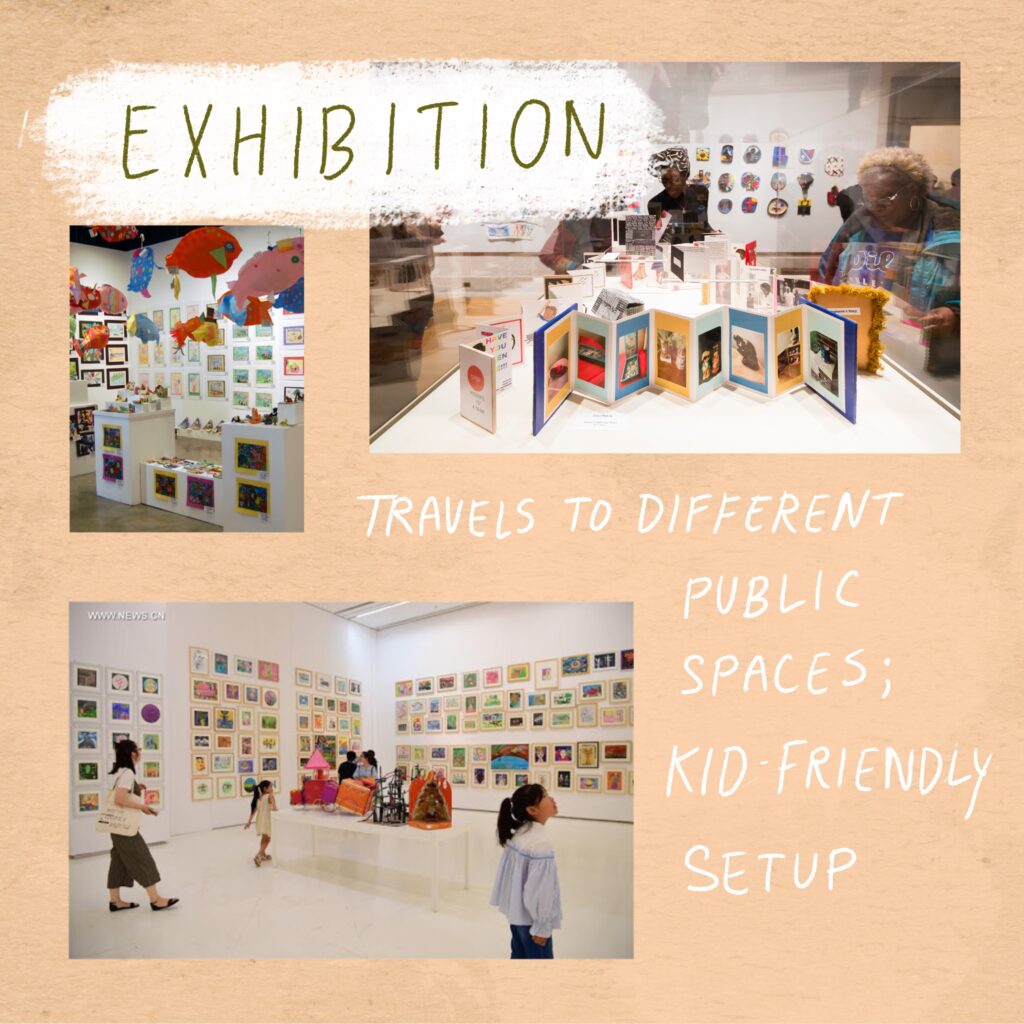

Below are some examples of resources made by Allison for bookmaking that could be featured on our online platform.
Below is a sketch I created with some ideas for how we could expand beyond our currently envisioned format.
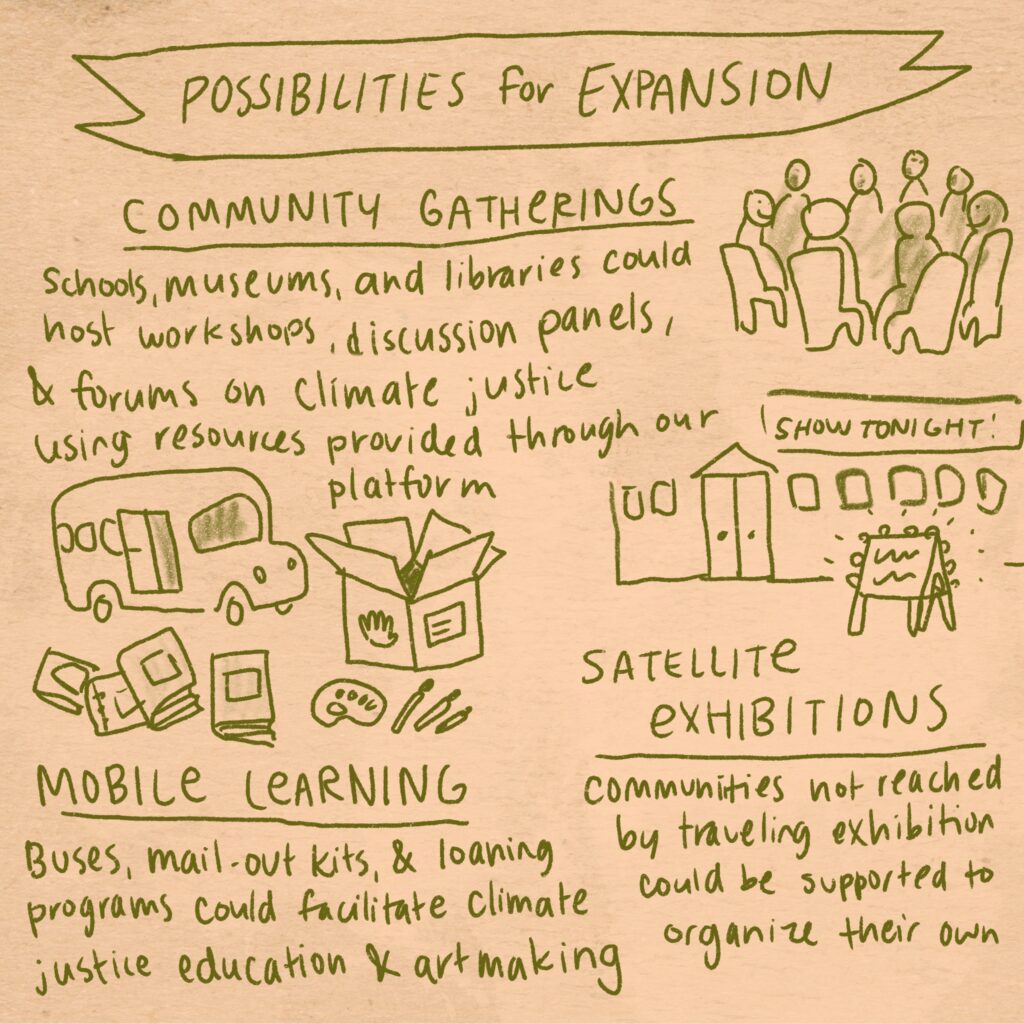
Below are images of a mock-up webpage that Allison and I created (first two images by Allison, third by me).

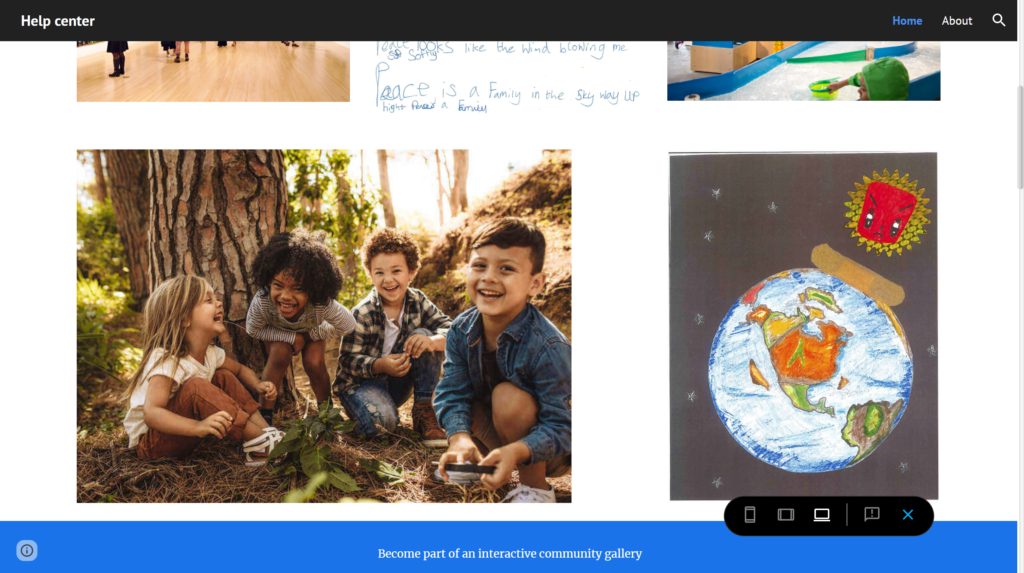
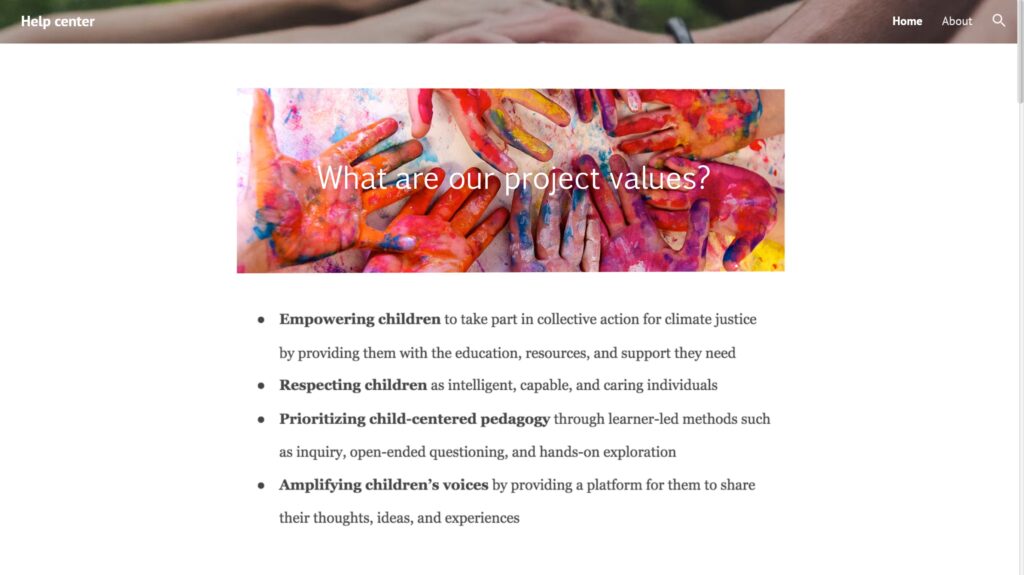
This project proved to be a simultaneously challenging and fulfilling experience. I believed that Allison and I achieved our goal of creating a concept that is both relevant and realistic to current global conversations and circumstances.
What I witnessed this semester while working in a partnership with Allison is a microcosm of a broader universal truth: we can accomplish more together than we could ever do alone. I would love to see the ideas we developed for this project evolve, grow, and eventually come to fruition in a way much bigger than either of us could currently imagine—through the power of community, connection, and collaboration—in a way much bigger than either of us could currently imagine.
I am glad for the time that I’ve been allotted to spend within such a supportive, energetic, and creative virtual classroom environment developing these concepts with Allison. I intend to use the work we’ve done thus far and continue building upon it in my own practice in coming years. My future plans include postgraduate research and an eventual career in the realms of public environmental, arts, and literature-based education in school, museum, and library settings. I believe that abundant opportunities will present themselves to expand on this work and bring it to life.
